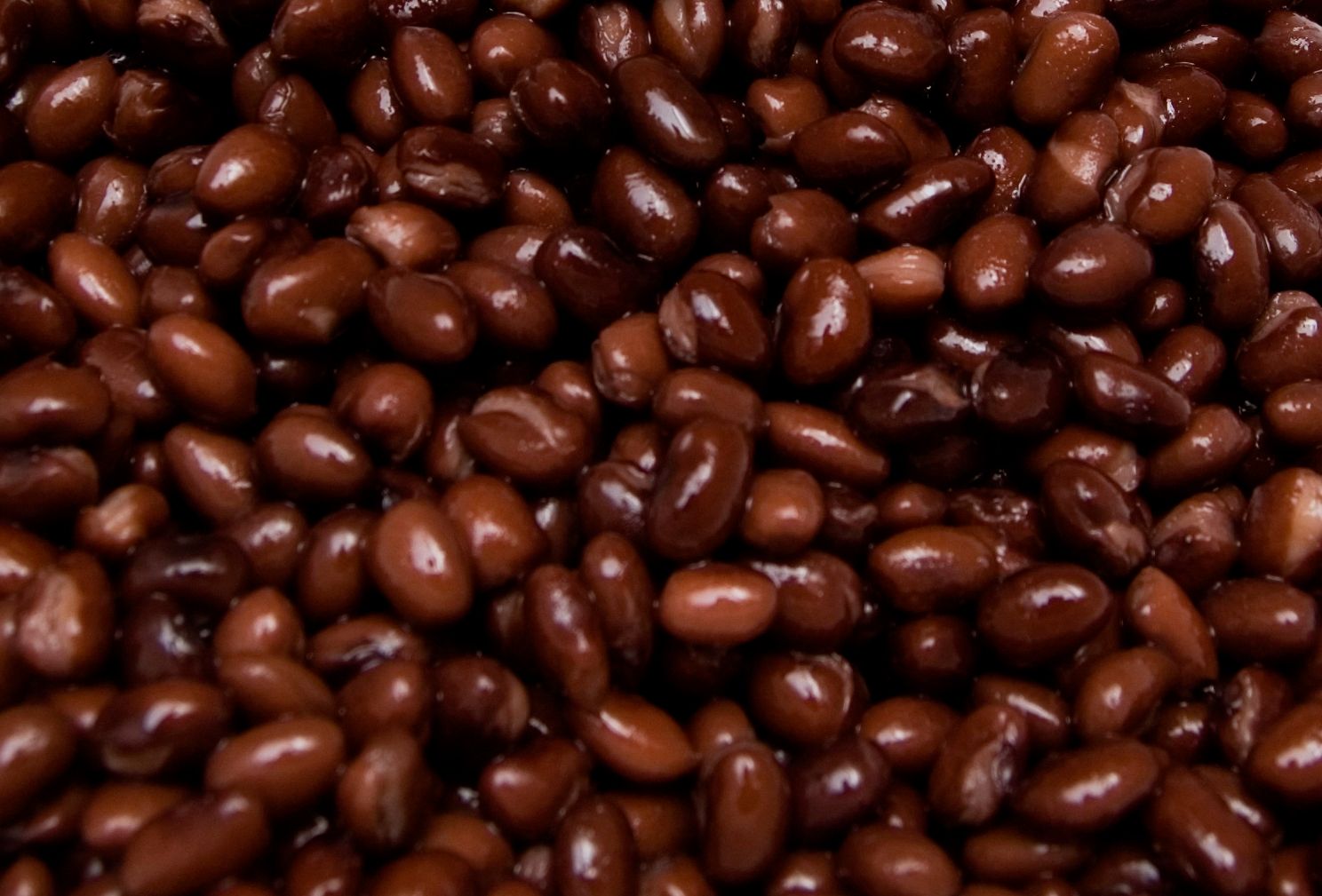
Your Heart’s Inflamed, Homie! Park the Dumbbells and Walk the Dog
- Jun 23, 2025
Suppose you're stuck with pericarditis-in layman's terms, a pissed-off heart-don't think hitting the cardio hard is going to make you a health hero. That swollen ticker of yours needs a breather from the gym grind.
Ever wondered what happens when you try pumping iron with an inflamed heart? Dr. Nishant Shah at Duke University enlightens us - heavy beats make your heart's layers rub each other the wrong way, making your condition a lot worse. Picture your enthusiastic self hitting the treadmill, causing cell damage, poor immune responses, and dragging out the healing process-definitely not the health gain you had in mind.
Doctors suggest waving the white flag to exercise until the inflammation leaves your body. Yes, the healing timeframe, usually one to three months, feels like a nightmare for gym addicts, athletes, or those leveraging workouts to ogle at their lean physique in the mirror. But as they say, haste makes waste, so resist the urge to return to full-on activity mode before you've fully recovered. Your risk of injuries skyrockets, performance tanks, and healing time lengthens if you act prematurely.
Now onto the golden question - what exercises won't land you in this debacle? Gregory Katz, MD, a cardiologist at NYU Langone Health, suggests an intensity cap on exercises. Picture a slow stroll with Fido, gentle yoga practices, or swimming a couple of laps in your neighbor's pool. But remember to keep away from hot yoga and ensure your heart rate doesn't exceed a 100 bpm. Aim for an exciting 5,000 steps per day - just enough to ensure you aren't a complete couch potato.
Keep in mind not to engage in lifting deadweights or dashing around the block until your doctor gives you the green signal. Play it safe - speak to your doc about what activities fit your bill during your recovery period.
Once you gain freedom from the tight grip of inflammation, your doc might prescribe a gradual reintroduction to your exercise regimen over the following one to three months. Avoid jumping straight into the deep end; first dip your toes with light activities and then let your exercise routine flair with more intensive workouts. Monitor your heart rate religiously, ensuring you're within doctor-prescribed target ranges. If you notice any hint of discomfort, aim for the exit and holler at your doc.
Don't forget to stay alert; pericarditis can play the cameo role one too many times. If you're hit with recurring bouts, carry the badge of vigilance. Symptoms? Sharp chest pain, puffiness, heart palpitations, breathlessness, and low-grade fever. If any of these creep in during a workout session, stop immediately and buzz your doctor for an SOS.
Apart from workouts, your heart's naughty encounter with pericarditis could take a toll on your general activities too. So whether you're lifting a suitcase or hosting a stressful party, keep tabs on the symptoms. Basic treatments like Nonsteroidal anti-inflammatory drugs (NSAIDs) and colchicine (an anti-inflammatory) paired with sleep, stress management, and restrictions on smoking and alcohol can improve your recovery rates.
The skinny of it is, when dealing with pericarditis, pause the hardcore workouts, tune down to calmer activities, keep an eagle eye on the symptoms, and of course, exercise patience, homies. You are a patient after all.






